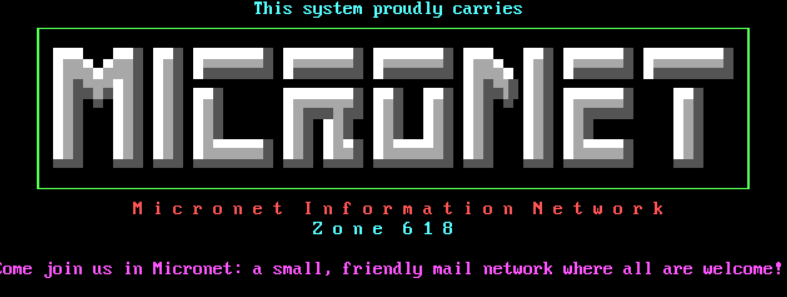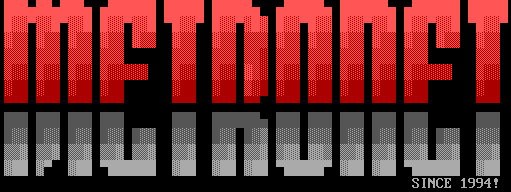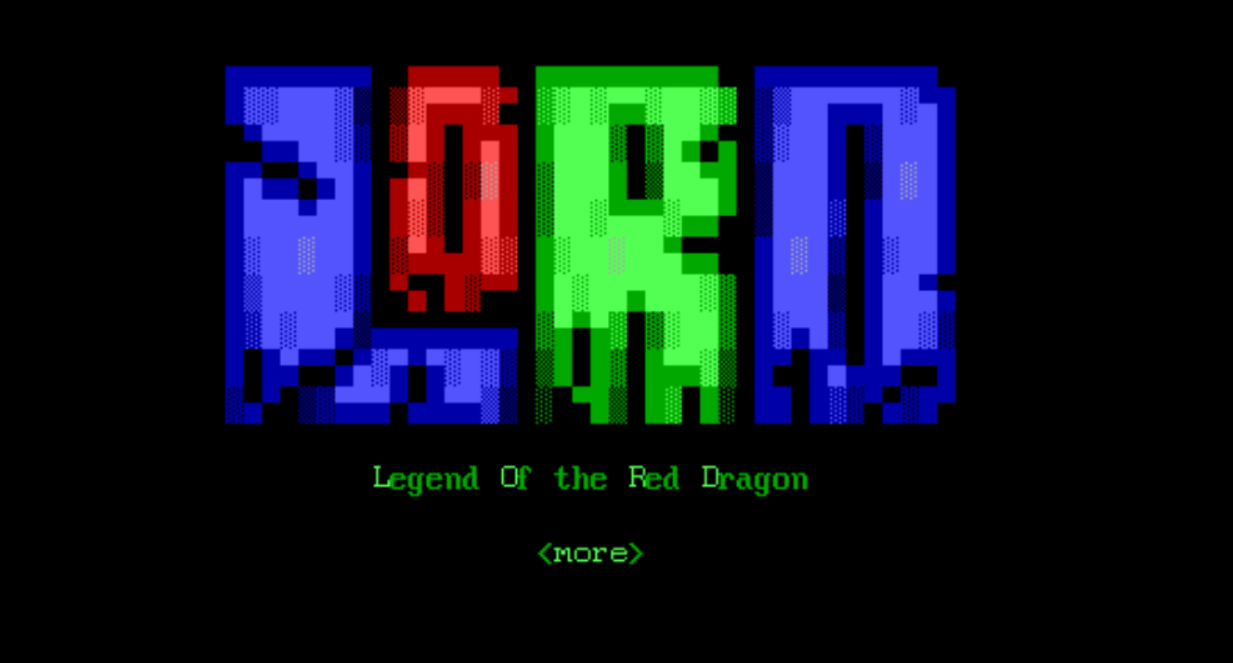04/05/2024
In one of nature's most spectacular visual displays, on April 8, 2024, the sun will align with the moon and the Earth, casting a shadow that will transit much of North America.
Spectacular Display and Gathering
Millions will gather along the path of totality - the section where the sun is fully blocked by the moon - to witness something that happens, on average, once every 375 years for any place on our planet. The moon's shadow path will begin over the South Pacific Ocean, and then it will cross into North America, passing over Mexico, the United States, and Canada. Weather permitting, the first location in continental North America that will experience totality is Mexico's Pacific coast, at around 11:07 a.m. PDT. The shadow will exit continental North America on the Atlantic coast of Newfoundland, Canada, at 5:16 p.m. NDT.
Ham radio will be there - operators will participate in scientific experiments, serve local communities that will be overrun with hundreds of thousands of visitors, and provide a valuable tool for communicating if the mobile phone networks become overloaded.
Science
Regular sun and moon watchers will be out in force while many scientists, astronomers, and amateur radio operators will be "working" the eclipse. ARRL has partnered with Ham Radio Science Citizen Investigation (HamSCI), a NASA citizen science project, to encourage hams to send and receive signals to one another before, during, and after the eclipse. The project will be led by Nathaniel Frissell, W2NAF, a professor of Physics and Engineering at the University of Scranton in Pennsylvania. HamSCI participants will share their radio data to catalog how the sudden loss of sunlight during totality affects their radio signals. All radio amateurs are welcome to participate in the ionospheric research that is being conducted. Information is available at the Solar Eclipse QSO Party on the HamSCI website[1].
NASA plans to point a large telescope at the eclipse and broadcast the entire event across North America. The agency will host live coverage of the eclipse from 1:00 to 4:00 p.m. EDT (17:00 to 20:00 UTC) on April 8 on the NASA YouTube[2] channel. There will be live views of the eclipse from watch parties across the country, and even from NASA's Glenn Research Center in Ohio, which happens to be inside the path of totality.
In addition to NASA's plans, the Super Dual Auroral Radar Network (SuperDARN), a collection of radars located at sites around the world, will bounce radio waves off of the ionosphere and analyze the returning signals. Their data will reveal changes in the ionosphere's density, temperature, and location.
There is also the Radio JOVE project, which is made up of a team of citizen scientists dedicated to documenting radio signals from space, and especially from Jupiter. During the total solar eclipse, Radio JOVE participants will focus on the sun. Using radio antenna kits that they set up themselves, they'll record solar radio bursts before, during, and after the eclipse.
EmComm
Emergency communications groups, including those affiliated with the Amateur Radio Emergency Service¨ (ARES¨)[3], will be active in the areas near totality. National Weather Service (NWS) offices are closely watching weather patterns in and around the eclipse path for any severe weather that could impact watchers and increase traffic. Many first responders, including law enforcement, medical personnel, and fire departments, will be ready to respond to any emergency that might occur during the eclipse. Those officials represent some of the served agencies that radio amateurs work to support.
Most ARRL Sections within the path of totality have been working with their local served agencies to provide communications volunteers through amateur radio. In New Hampshire, for example, where cell phone and road networks are expected to be overwhelmed, New Hampshire ARES has local groups activated in many communities.
Public Information Coordinator of the ARRL New Hampshire Section Skip Camejo, AC1LC, said members across the state are ready. "A small team pulled from several NH-ARES groups will be providing limited communications support for the American Red Cross, using both HF and VHF. We will have an RV-based station in Lancaster, NH, and another in Pittsburg, both at locations provided by the New Hampshire Department of Transportation," he said.
In the event of a mass-casualty incident or a need for emergency sheltering, the teams will travel to the scene with a state police escort. They're expecting 10,000 to 50,000 visitors on Monday in that community alone.
Other ARES groups have been preparing and drilling over the last few months. In the ARRL North Texas Section, a set of criteria has been established as reportable to the local served agencies' emergency operations centers. Look for more details on ham radio involvement during the eclipse in next week's The ARRL Letter.
Outreach
Many groups are holding eclipse festivals. Some amateur radio groups and clubs are taking advantage of these gatherings to get radio in front of the curious public. Vice Director of the ARRL Hudson Division Ed Wilson, N2XDD, is preparing an informational display for an event at his local library.
The Suffolk County Radio Club on Long Island, New York, will be participating in the Solar Eclipse QSO Party from the Moriches Branch Library.
Wilson saw radio as a perfect addition to the library's eclipse activities. "Another club member and I went down to the librarian and spoke to her about the HamSCI event. We asked if we would be able to set up a ham radio station during the course of the day. They loved the idea and approved it, and they invited us to some other events that they're having in the next few months," he said.
For clubs that may have a public presence during the eclipse, there are resources on the ARRL website[4] detailing how to help explain the hobby to the uninitiated.
The total solar eclipse will be the last of its kind for more than two decades in the contiguous U.S. The next total solar eclipse on U.S. soil won't occur until March 30, 2033, and it will be viewable only in Alaska.
[1]
https://hamsci.org/eclipse
[2]
https://www.youtube.com/user/NASAtelevision
[3]
http://www.arrl.org/ares
[4]
https://www.arrl.org/what-is-amateur-radio
---
ū Synchronet ū Whiskey Lover's Amateur Radio BBS







